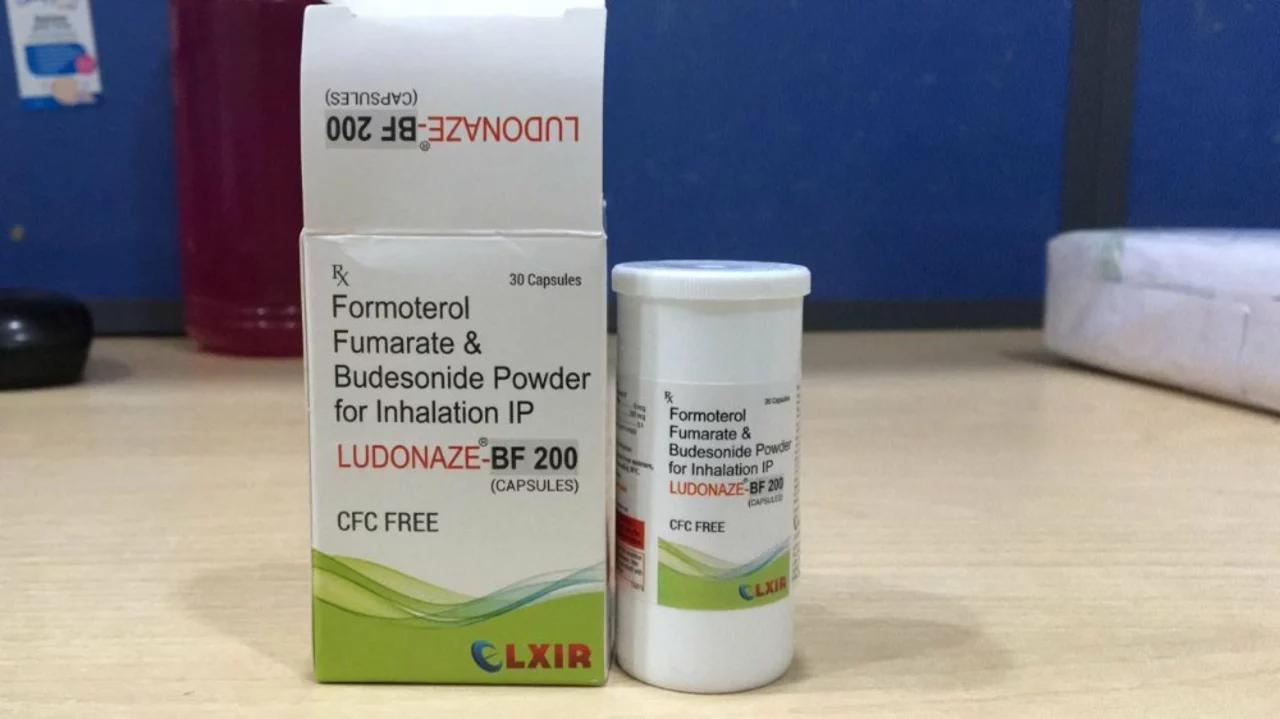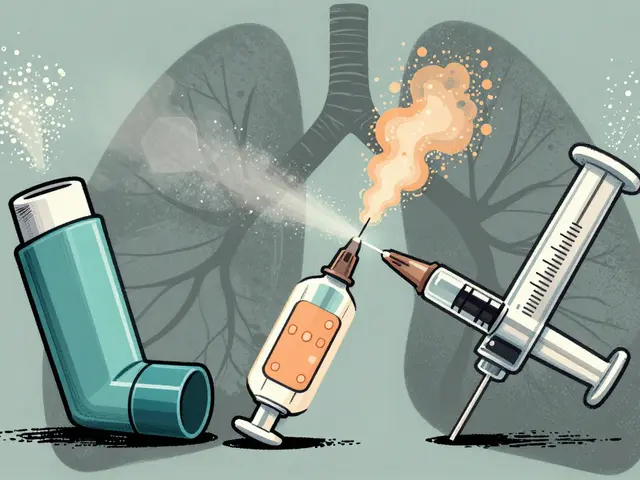Medication management: easy habits that actually work
Missing doses, mixing drugs, or running out of refills happens more than you think — roughly half of patients don't take meds exactly as prescribed. That leads to wasted money, poor health, and extra trips to the ER. This page gives practical, real-world steps you can use today to keep prescriptions organized, avoid dangerous interactions, and order medicines safely online.
Daily habits that keep you on schedule
Start with a clear medicine list. Write each drug name, dose, time, and why you take it. Keep a paper copy in your wallet and a photo on your phone. Use a simple pillbox or blister organizer labeled by day and time — it removes the guesswork and makes refills obvious when a compartment is getting low.
Set alarms on your phone or use a free app that tracks doses and sends refill reminders. Put meds where you’ll see them (not in a dark drawer) but away from heat and humidity. If you travel, pack extras in your carry-on, and keep a copy of prescriptions and your doctor’s contact info in case you need replacements.
Avoid interactions and costly mistakes
Tell every provider and pharmacist about all medicines you take — including over-the-counter drugs, supplements, and herbal remedies. Simple combos like NSAIDs with certain blood pressure meds or supplements that change blood thinning can be risky. If you feel new symptoms after starting a drug, check the package leaflet and call your provider before stopping it abruptly.
Shop smart for lower costs. Use prescription discount services or comparison sites to see which local pharmacy has the best price. If you order online, choose verified pharmacies and keep proof of prescriptions. Our guides on safe online pharmacies and comparing discount cards can help you avoid scams and save money.
Practical refill rules: refill at least a week before you run out, enroll in auto-refill if it helps, and ask for 90-day supplies for long-term meds — that often cuts trips and cost. When a new doctor prescribes a substitute, ask why and read about differences in side effects and dosing.
Finally, get someone to help if needed. A family member, caregiver, or a trusted pharmacist can review your list and spot problems you might miss. Small changes — a labeled pillbox, a phone alarm, and one clear list — prevent the most common medication errors. Want suggestions for pill organizers, tracking apps, or safe online pharmacies? Check the related guides on this tag for step-by-step how-tos and real tips from users.

Traveling with my budesonide formoterol inhaler is easy and stress-free when I follow these simple tips. First, I always keep it in my carry-on bag to ensure it's readily accessible during my journey. Second, I carry a copy of my prescription and a doctor's note to avoid any issues at security checkpoints. Third, I make sure to pack enough medication to last the entire trip, plus some extra in case of delays. Lastly, I stay mindful of my asthma triggers and take necessary precautions to prevent flare-ups while exploring new destinations.
Continue Reading





